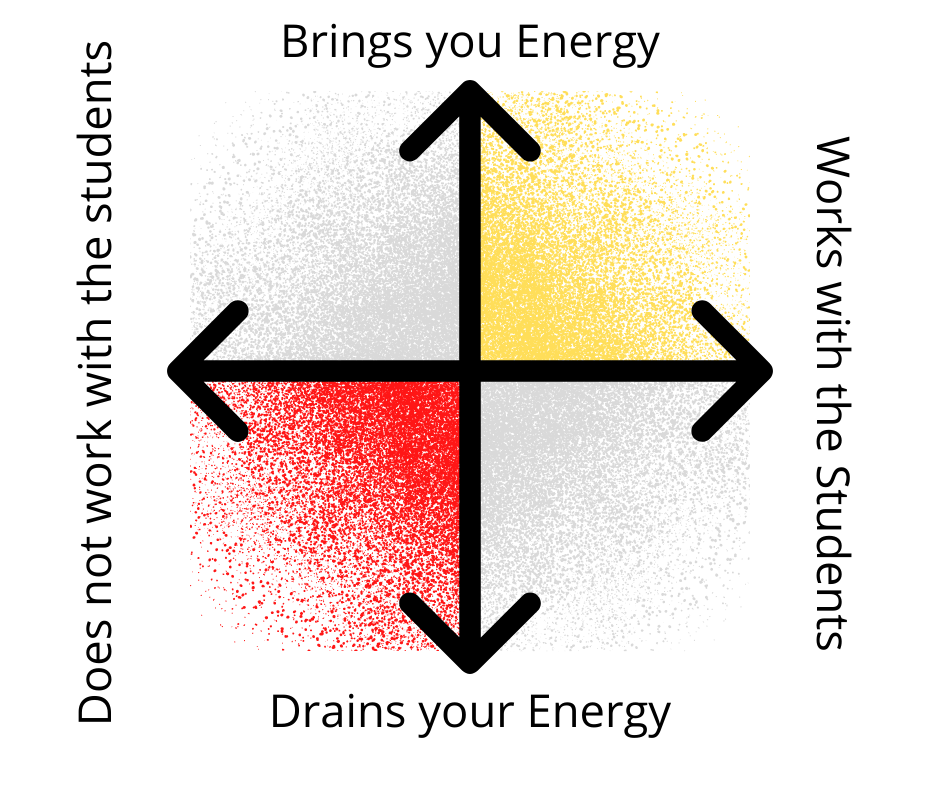


At my day job, I’ve been thinking a lot more about classroom management in terms of what makes it stressful and how it can be daunting for first-year teachers to learn. I’ve seen new teachers avoid redirecting behavior and not be listened to when they redirect. One of my best friends would always say that students don’t have a fully developed frontal lobe, and that plays into why you as the educator need to be the authority figure.
“The voice” is what students listen to. More advanced classroom management is proactive rather than reactive, but “the voice” is a necessary tool to use in your first years of teaching. When I first entered the classroom, I had some hesitation and nerves with correcting students, and my students definitely picked up on that. I would have students say that I should “just tell them to shut up”. It took time to realize that 99% of students (at all schools) can be redirected and delivered consequences. I would speak from my gut and call out behavior that wasn’t acceptable or productive.
Now, “the voice” isn’t something that has you always yelling at your students. You can be firm while kind and deliver statements instead of suggestions. Your students are kids. I taught high school, but even older kids have different emotional needs. Your voice will need you to check in with the students and make them feel comfortable. Some of the educators I work with worry about the students hating them, but it’s so hard to hate someone that genuinely asks how you are doing and wants to hear about your weekend. You will need to find a balance between the kind pushover and the strict authoritarian. Typically, the ratio of positive affirmations to consequences should be 5 to 1.
Different people find their voice at different paces, but the fastest way to find it is by trying a lot of things that feel right. Teaching is kind of like stand-up comedy in that you have to bomb a lot to get better. When I was first learning classroom management, I tried tons of things that didn’t work like making random noises or silently putting my arms up. Some of the students would even tell me “I don’t think that one is going to work, Mr.”
I ended up somewhere in the middle of funny and direct. I used a lot of humor in positive redirection and short verbal reminders. My voice ended up this way because that’s how I carry myself in general. Some of my friends’ “voices” were sassy, and some were more logical. What’s important is that your “voice” is your own and your classroom is a safe space to learn.
The following reflective tools will guide you through questions and ideas that will help you find that voice faster.

The framework above shows four panels of three different colors (red, gold, and gray). You want to be in the gold zone, quickly move out of the gray zones, and stay far away from the red zone. The gold zone will allow you to manage students sustainably. You’ll feel happy, the kids will do work, and the parents will have positive or neutral things to say.
Both gray zones have positive aspects (student productivity or personal happiness) but aren’t sustainable. If you aren’t happy, you’ll burn out. If your voice doesn’t work with the students, you will either lose respect or your students won’t be productive.
The red zone is self-explanatory but often where we all start. You won’t be happy, and the students won’t get much work done.
Come back to these questions, and think through them: